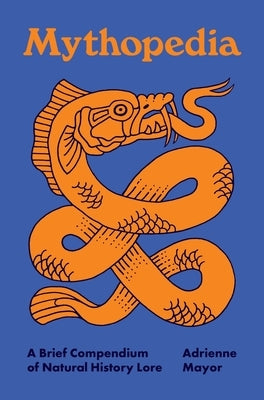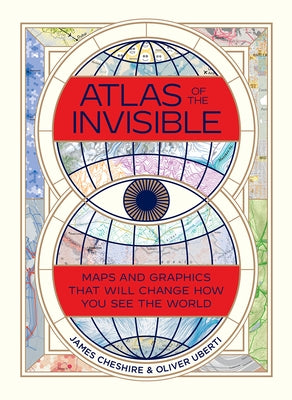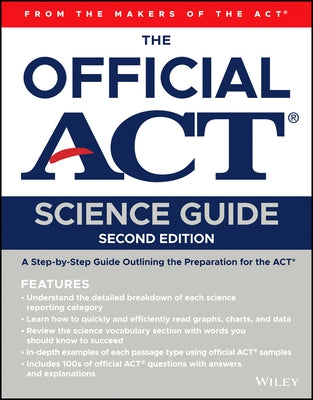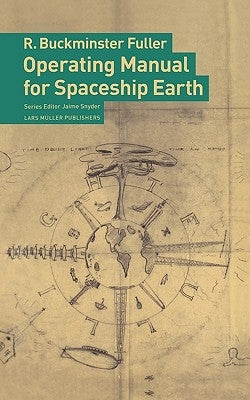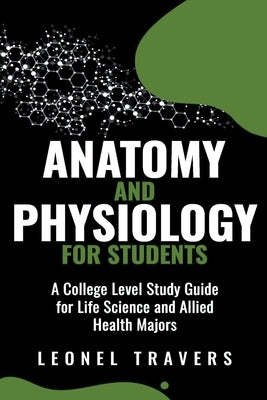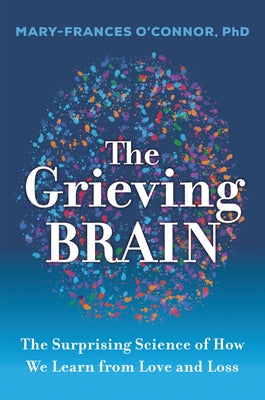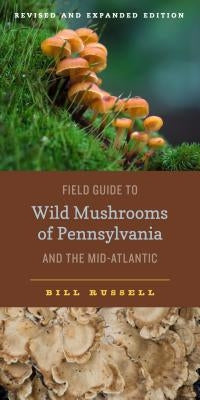The California Naturalist Handbook, Second Edition
$25.99
$34.95
Mythopedia: A Brief Compendium of Natural History Lore
$12.99
$17.95
National Geographic Atlas of the World, 11th Edition
$161.99
$225.00
The Official ACT Science Guide
$15.99
$20.95
Fundamentals of Electrical Substations
$25.99
$29.99
The Book on Antimony: Dancing with the Black Dragon
$72.99
$79.00
Operating Manual for Spaceship Earth
$17.99
$24.95
Hdbk Acceler Phy & Eng (3rd Ed)
$98.99
$99.00
Biobuilder: Synthetic Biology in the Lab
$48.99
$49.99
Plasma Physics and Fusion Energy
$116.99
$119.00
42 Reasons to Hate the Universe: (And One Reason Not To)
$12.99
$17.99
Fold and Fly Paper Airplane Kit
$14.99
$19.98
Sedimentology and Stratigraphy
$44.99
$51.50






